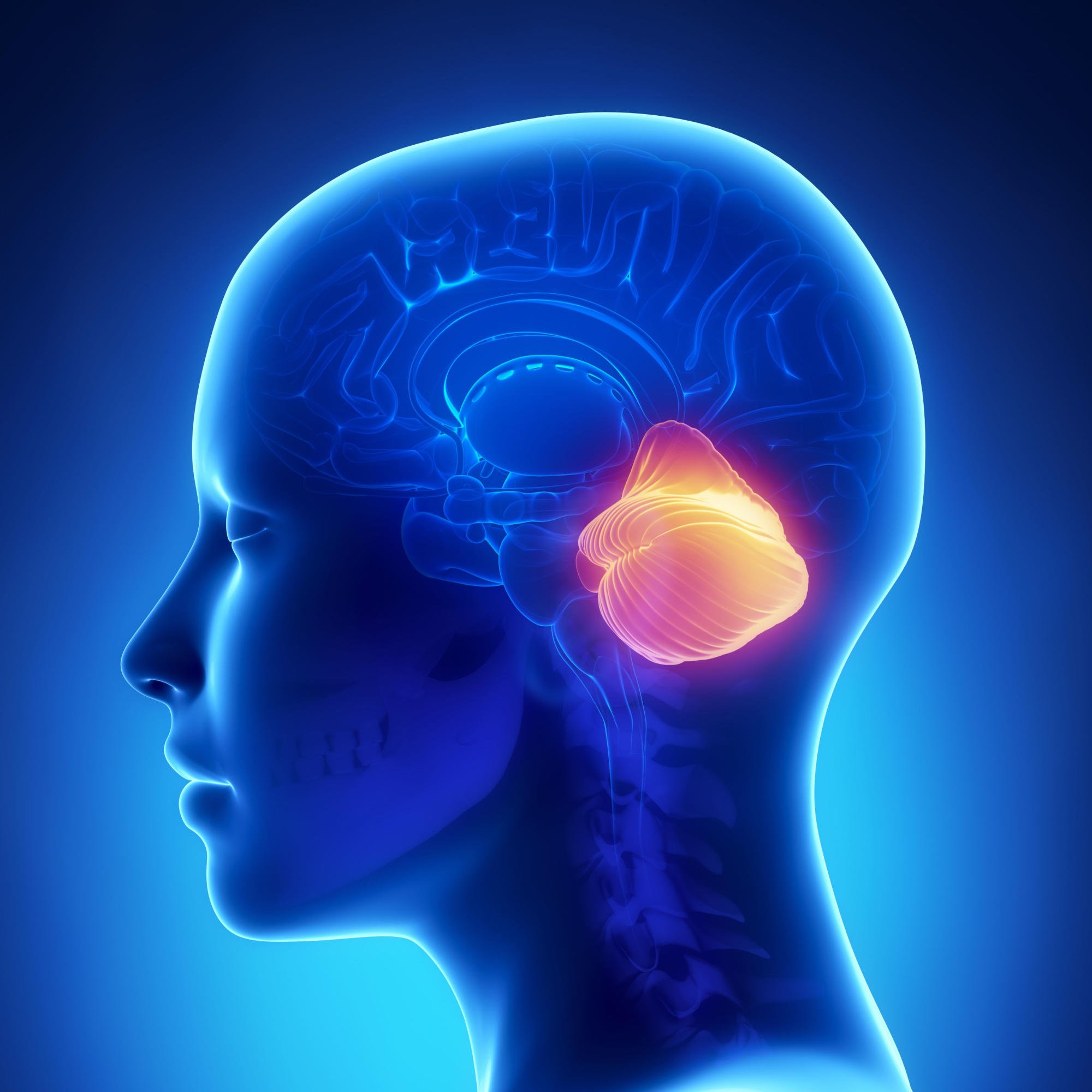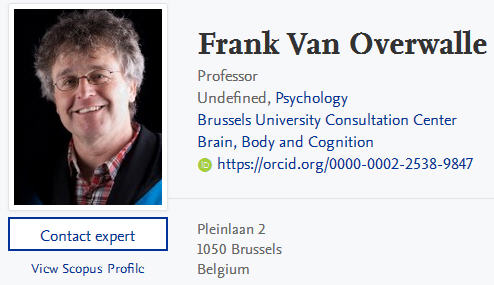博文
自闭症突破:与情绪和行为障碍相关的小脑异常
 精选
精选
||
自闭症突破:与情绪和行为障碍相关的小脑异常
诸平
Fig. 2 Frank Van Overwalle
据比利时布鲁塞尔自由大学(Vrije Universiteit Brussel简称VUB, Brussels, Belgium)2024年10月25日提供的消息,自闭症是小脑异常所致的情绪和行为障碍(Autism Breakthrough: Cerebellar Abnormalities Linked to Emotional and Behavioral Disorders)。
最近的研究揭示了小脑在运动协调和社会认知过程中的重要作用,挑战了对大脑的传统关注。相关研究结果于2024年10月21日已经在《自然评论·神经科学》(Nature Reviews Neuroscience)杂志网站在线发表——Frank Van Overwalle. Social and emotional learning in the cerebellum. Nature Reviews Neuroscience, 2024. DOI: 10.1038/s41583-024-00871-5. Published: 21 October 2024. https://www.nature.com/articles/s41583-024-00871-5
在此项研究中,来自布鲁塞尔自由大学(VUB)大脑、身体和认知研究小组的弗兰克·范奥弗沃尔(Frank Van Overwalle)教授强调了小脑在运动功能和社会认知过程中被低估的作用。他的研究支持了神经科学的一个日益增长的趋势,历史上,神经科学更多地关注大脑。
几十年来,小脑主要与运动协调有关。
范奥弗沃尔解释说:“患有小脑异常的人经常会出现运动问题。例如,他们很难用手指顺畅地触摸鼻子。这些困难突出了小脑在改善运动方面的重要作用。”
超越运动功能(Expanding Beyond Motor Functions)
然而,弗兰克·范奥弗沃尔的研究超越了运动功能,探索了小脑参与社会和认知能力。他的研究结果表明,小脑的异常不仅会导致运动障碍,还与情绪和行为障碍有关。他引用了对自闭症患者的研究,证明了磁刺激等非侵入性脑刺激技术如何提高社会任务的表现。
弗兰克·范奥弗沃尔说:“我们已经看到,通过磁刺激,自闭症患者的认知任务序列有所改善。我们现在正在测试更复杂的任务,看看这些效果是否可以进一步增强,最终目标是为自闭症患者开发实用的治疗方法。”
一个显著的突破是使用经颅电刺激(transcranial electrical stimulation简称tES),与磁刺激相比,这是一种更经济、更容易获得的技术。虽然tES的效果仍然有限,但研究小组致力于进一步发展,看到其未来大规模应用的潜力。这项研究为小脑的作用提供了新的视角,并为自闭症谱系障碍等精神和神经疾病的新治疗方法铺平了道路。
“我们的希望是进一步完善这些技术,以改善自闭症患者的社交和认知功能,”弗兰克·范奥弗沃尔总结道。
上述介绍,仅供参考。欲了解更多信息,敬请注意浏览原文或者相关报道。
The posterior cerebellum has a critical role in human social and emotional learning. Three systems and related neural networks support this cerebellar function: a biological action observation system as part of an extended sensorimotor integration network, a mentalizing system for understanding a person's mental and emotional state subserved by a mentalizing network, and a limbic network supporting core emotional (dis)pleasure and arousal processes. In this Review, I describe how these systems and networks support social and emotional learning via functional reciprocal connections initiating and terminating in the posterior cerebellum and cerebral neocortex. It is hypothesized that a major function of the posterior cerebellum is to identify and encode temporal sequences of events, which might help to fine-tune and automatize social and emotional learning. I discuss research using neuroimaging and non-invasive stimulation that provides converging evidence for this hypothesized function of cerebellar sequencing, but also other potential functional accounts of the posterior cerebellum's role in these social and emotional processes.
https://blog.sciencenet.cn/blog-212210-1457182.html
上一篇:机器学习与纳米技术的结合:加州理工学院在质谱方面的突破
下一篇:光速突破:光子内存计算的曙光

